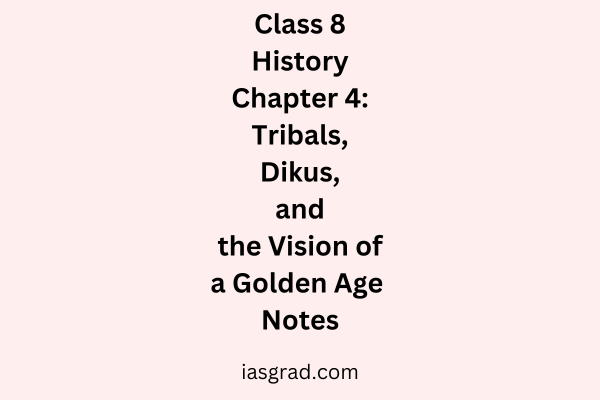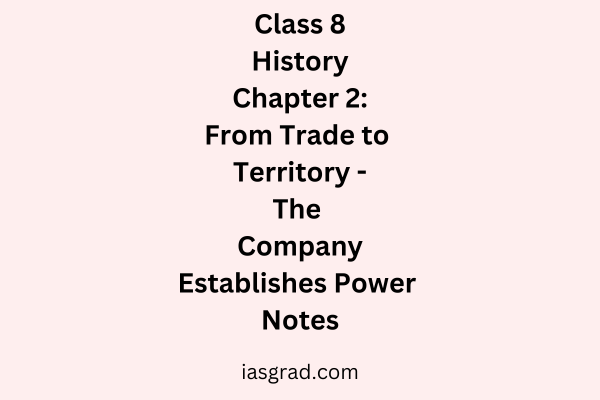Class 7 History Chapter 5: Rulers and Buildings Notes
Class 7 History Chapter 5: Rulers and Buildings Notes This chapter explores the architectural achievements of various rulers in medieval India, focusing on temples, forts, palaces, mosques, and tombs built by the Delhi Sultans and Mughal emperors. It examines the engineering techniques, materials, and artistic styles used in famous structures such as Qutub Minar, Alai […]
Class 7 History Chapter 5: Rulers and Buildings Notes Read More »









